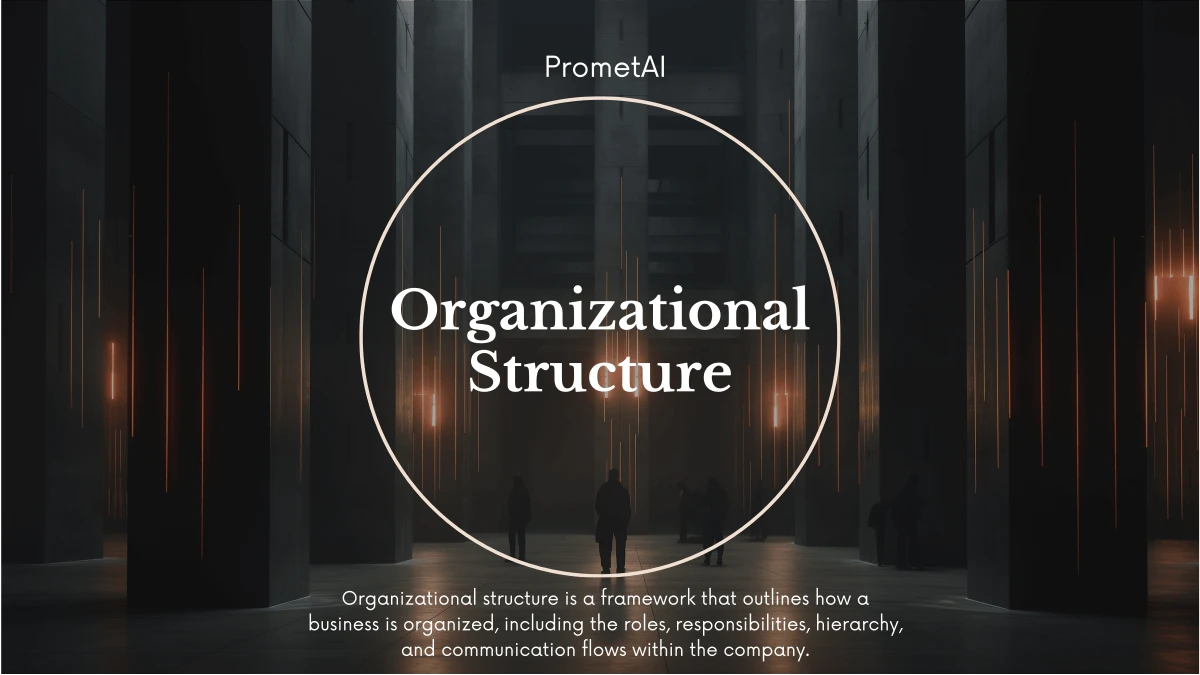Organizational structure is a framework that outlines how a business is organized, including the roles, responsibilities, hierarchy, and communication flows within the company. It defines how tasks are divided, coordinated, and directed to achieve the organization's goals. The structure can have a significant impact on a company's efficiency, productivity, and culture.

The organizational structure should be flexible enough to adapt to changes in the business environment. Companies that adopt adaptable structures, such as matrix or hybrid forms, are better positioned to respond to market dynamics, innovate, and meet evolving customer needs.
Effective organizational structures establish clear lines of communication across all levels of the company. This clarity helps in reducing confusion, ensuring that everyone understands their roles and responsibilities, and facilitates smoother decision-making processes.
A well-defined organizational structure provides clear role delineation and accountability. Employees who understand their specific responsibilities and how they contribute to the broader organizational goals are more likely to be engaged and productive.
The chosen structure should align closely with the company's strategic objectives. Whether the goal is innovation, speed to market, service excellence, or cost-efficiency, the structure should support these aims, directly influencing the organization’s ability to succeed in its mission.